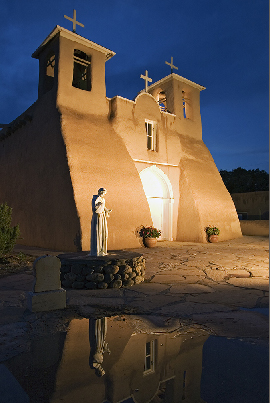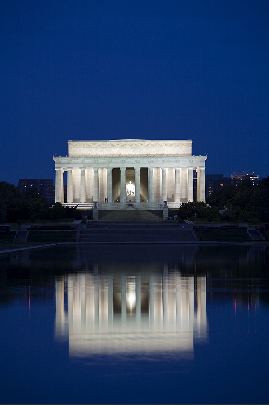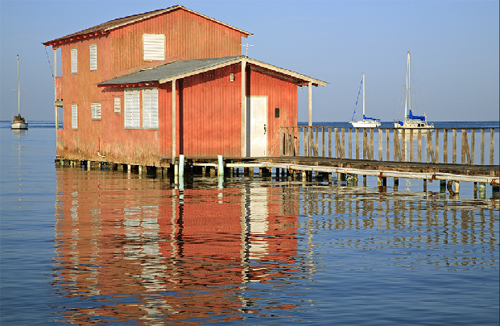It’s time to get creative. Photographing reflections of buildings, nature, or people can give a whole new perspective and feel to your photos — and earn you extra income, too. Reflections surround you each and every day. From puddles in the street to the windows on your office building. Once you start looking, you’ll be surprised at the variety of mirror-like surfaces and structures that you’ll find. Below are a few tips to getting them right in your camera and increasing the marketability of your images… -Lori Lori Allen Director, Great Escape Publishing P.S. Reflection photos are just one example of photos that sell well as stock. Photos of people, hobbies, and everyday objects are also extremely popular when it comes to stock photography. And the fun part about stock is that trends are always changing. Something that may not have been your best-seller last year may be a big hit this year. ******************* November 19, 2010 The Right Way to Travel ******************* PHOTOGRAPHING REFLECTIONS ON WATER by Efraín M. Padró in Santa Fe, New Mexico Photographing a subject reflected on water is a time-honored way of adding interest and uniqueness to an otherwise traditional photograph. Following are some tips for photographing reflections on water… 1. The moment you arrive at a place where there is water, train yourself to look for reflections. The water could take the form of a large lake or pond, a puddle after a rain… even a wet road. The subject will, of course, have to be nearby so it is reflected on the water. A while back I was in Taos, New Mexico, photographing for stock, when a sudden storm swept through the area. My first reaction was to head to the San Francisco de Asis Church and look for puddles. This church is often photographed and I had been trying to come up with a different interpretation of this icon. The resulting image (shown here) has sold many times as cards, prints, and to magazines. 


Travel Photography Resources
5 Dos and 2 Don’ts for Travel Photography
Take Great Photos And Get Paid More For Your Travel Articles
Turning a Photography Hobby into a Monthly Income
The Pros Of Selling Your Images As Stock Photography
16 Mobile Photography Tips And Tricks Every Photographer Should Know

